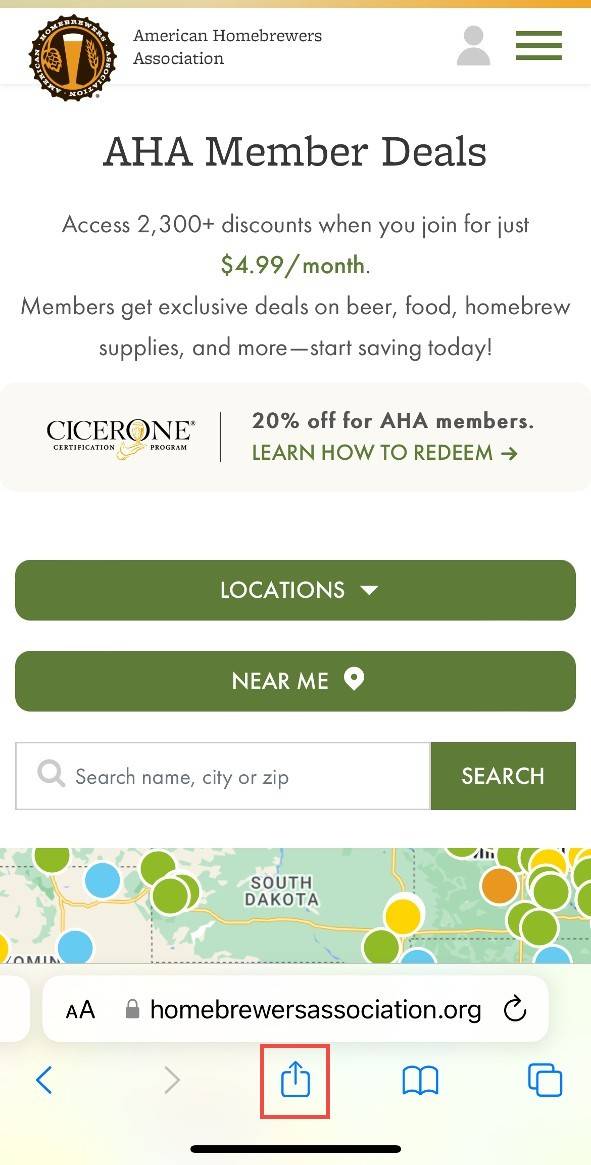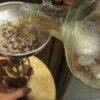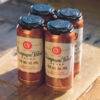Beyond the Beer: Three Breweries Serving Their Communities
Sixteen years ago, Teo Hunter went out for a celebratory beer with a friend. Hunter thought they’d toast with a ubiquitous commercial brand. Instead, his friend introduced him to Curieux, a Bourbon barrel-aged golden ale from Allagash Brewing Co. in Portland, Maine. Hunter loved it and wondered, “Why am I just now finding out about craft beer?” It was an introduction that would change his life.
Crowns & Hops Advances Racial Equity
Hunter introduced craft beer to friend Beny Ashburn, who immediately saw an opportunity. With successful careers in marketing and advertising, Ashburn and Hunter decided to launch a lifestyle brand that evolved into Crowns & Hops Brewing Co.… Read the rest “Beyond the Beer: Three Breweries Serving Their Communities”
How to Save Shortcut to Member Deals on Your Smartphone
It’s easy to add our website icon to your mobile device’s home screen for quick access. Here’s how to enable it on iOS and Android devices.
Pro tip: select “Accept All Cookies” on the AHA website to ensure all features are functioning properly. Cookies settings can be found in the lower right corner of the website’s footer.
Instructions for iPhone:
1. Using Safari, go to the Member Deals page. At the bottom of the screen tap the Share button ( ![]() ).
).

2. In the options, tap Add to Home Screen.… Read the rest “How to Save Shortcut to Member Deals on Your Smartphone”
Root Beer: The Quintessential American Soda
By Susan Verberg
It’s well known that root beer is a sweet, alcohol-free soda, but did you know its “roots” are unique to America?
I decided to explore what exactly makes root beer a root beer and if there are actually any “roots” in there at all!
The Origins of Root Beer
Indigenous peoples in the Americas have long been using sassafras and sarsaparilla—the central ingredients to root beer—for culinary and medicinal purposes, including infused beverages. In fact, botanical infusions have existed around the world for nearly as long as the ability to heat water with fire for things like tea and tinsane.… Read the rest “Root Beer: The Quintessential American Soda”
The Components of a Successful Experiential Beer Tour
Taking a walking tour is one of the best ways to get to know a city without the trappings of more touristy activities. You’re introduced to the region and its context by one of its very own, if even simply for social reasons. I’ve taken many tours on my explorations as a travel journalist, in towns filled to the brim with craft beer and places just starting to see the light. In most any city with a vibrant craft beer culture, you can bet I’ll sniff out a fun ale trail or tour.… Read the rest “The Components of a Successful Experiential Beer Tour”
How to Make Sourdough Pizza Dough
This sourdough recipe is featured in “You Can Ferment That: Sourdough” in the May/June 2020 Zymurgy magazine. Join the American Homebrewers Association to access this article and more sourdough recipes online!
By Amahl Turczyn
This particular sourdough pizza dough recipe produces 4 or 5 full-sized pizzas, depending upon how thin you like your crust. It makes use of a pre-fermented dough—sometimes bakers refer to this as a sponge or poolish—to develop flavor and consistency. It works particularly well with sourdough starter, as it gives the natural yeast and microbes a chance to get the dough noticeably tart.… Read the rest “How to Make Sourdough Pizza Dough”
Smoke and a Beer
Contrary to the beliefs of bacon, brisket, and gouda aficionados everywhere, there can be such a thing as too much smoke There’s a temptation to up the ante with smoke—rauchbier with weisswurst (sausage), dense porter with baby back ribs—but many chefs are finding that the sweet spot for beer and smoked food is one of a reciprocal relationship, managing the level of smoke intake for a more pleasurable meal.
The truth is, not all smoke is the same. Chef Isaac Toups of Toups’ Meatery in Mid-City, New Orleans, uses a large variety of woods for smoking various meats and the results demand different beers.… Read the rest “Smoke and a Beer”
You’ve Tried Brewing Kombucha, Now Let’s Make it Delicious!
By Carly Smith, KBI & Hannah Crum, KBI & Kombucha Kamp
At Kombucha Brewers International[1],one of our missions is to get people hyped about drinking and making their own Kombucha. Homebrewing beer has its own quirky, nerdy, enthusiastic crowd, and so does Kombucha brewing. We also have our own clubs, social media communities, taprooms, and favorite supply stores. We have much in common, and we invite you to brew your own Kombucha with us!
Whether you’ve never tried it, or you’re a regular Kombucha drinker, we’re here to encourage you to brew your own so you can discover the complex flavors lent by the microbes—along with all the ways to tailor this probiotic brew to your palate.… Read the rest “You’ve Tried Brewing Kombucha, Now Let’s Make it Delicious!”
Telling Today’s Craft Beer Drinkers the Story of Yesterday’s Breweries
Beer history is a fragile thing. So much of it has been lost to time because objects, artifacts, and recipes lacked a caretaker at a crucial time. Closings can happen quickly, and beer history is simply swept aside or discarded.
Fast forward to today. Craft brewers are increasingly using their platforms—including beer labels, draught chalkboards, or stories told by staff—to remind their customers of beer’s ties to the past. Many modern craft brewers have chosen to restore and preserve the stories—and beers—of the brewers who have come before them.
Finding a Beer to Celebrate Indiana
For Upland Brewing, the brewery’s 15th anniversary was a reason to delve into Indiana’s brewing history.… Read the rest “Telling Today’s Craft Beer Drinkers the Story of Yesterday’s Breweries”








